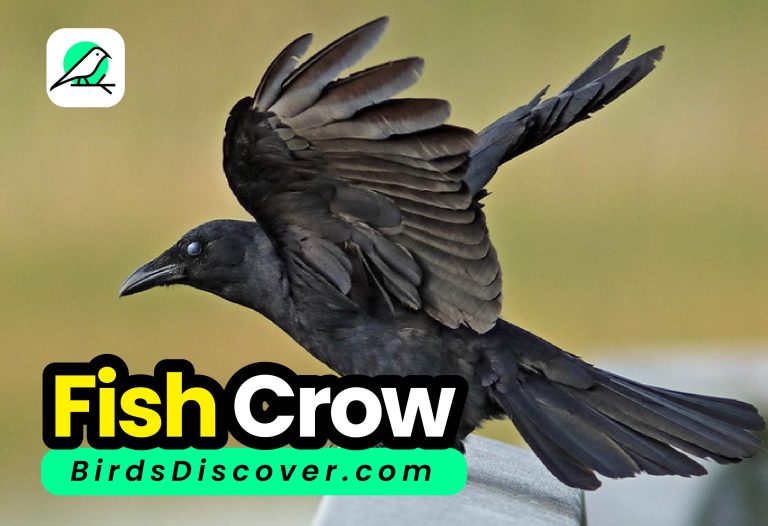Common Raven [Corvus corax]: Dive into the Enigmatic World of These Fascinating Birds
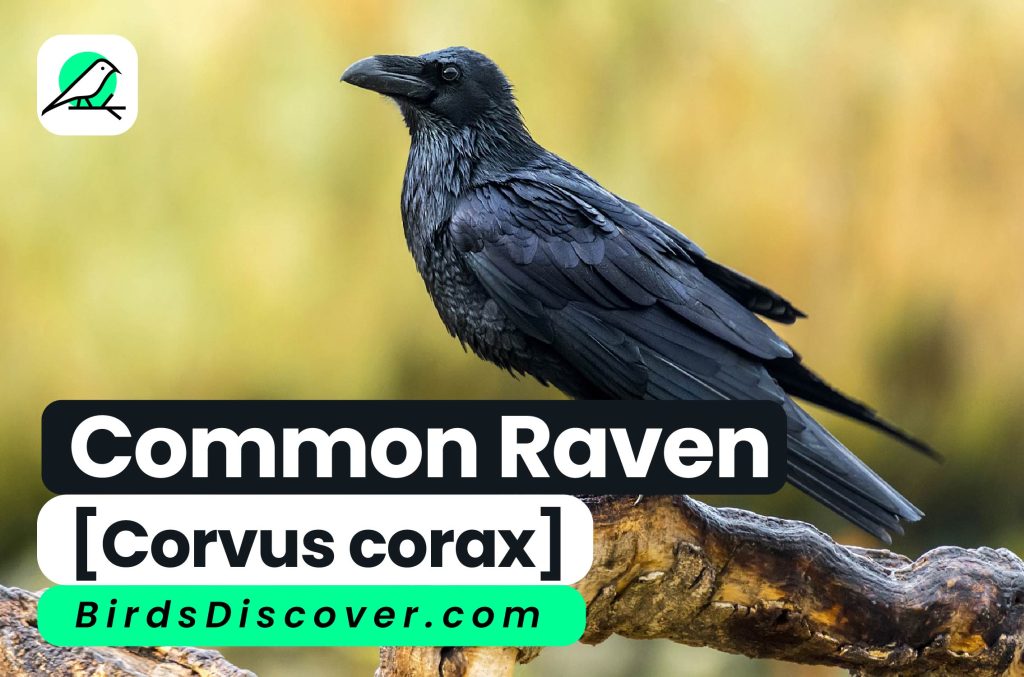
Common raven
The Common Raven (Corvus corax) is a highly intelligent and adaptable bird found across the Northern Hemisphere, from North America and Europe to Asia. Known for its glossy black feathers and distinctive, powerful call, the Common Raven is a versatile omnivore, feeding on a wide range of foods including insects, small animals, fruits, and carrion. Its adaptability to various environments—from remote wilderness areas to urban settings—demonstrates its resourcefulness and problem-solving abilities. Ravens are also noted for their complex social behaviors and advanced cognitive skills, including the use of tools and the ability to mimic human sounds. Often seen soaring high in the sky or perched on treetops, the Common Raven plays a significant role in many cultures and ecosystems, symbolizing both mystery and intelligence.
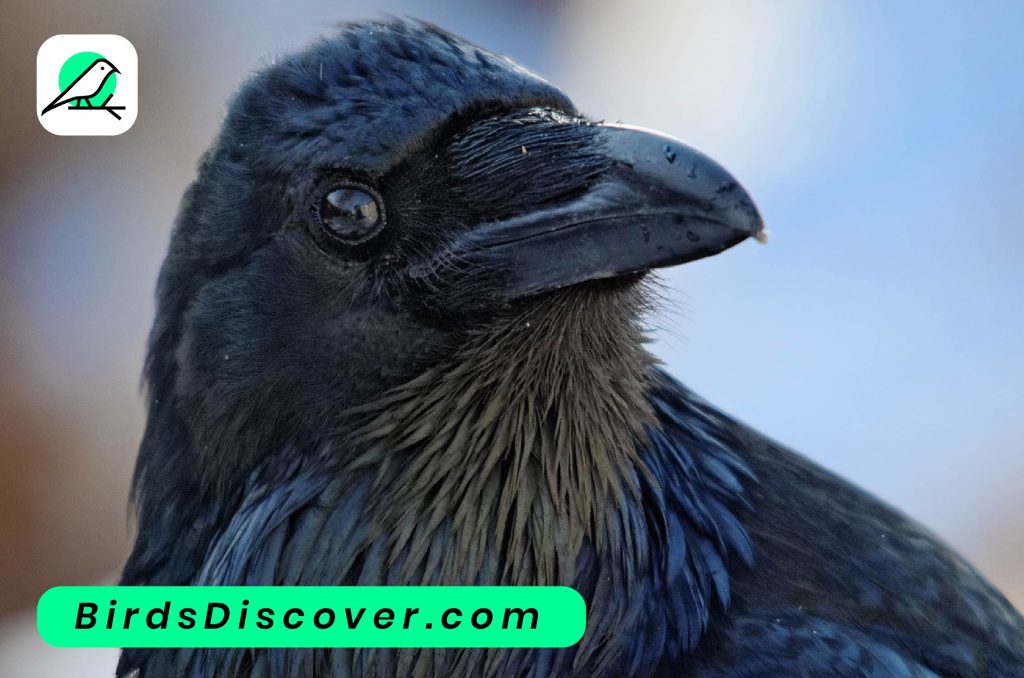
Scientific Classification
| Category | Scientific Classification |
|---|---|
| Kingdom | Animalia |
| Phylum | Chordata |
| Class | Aves |
| Order | Passeriformes |
| Family | Corvidae |
| Genus | Corvus |
| Species | Corvus corax |
Summary
Certainly! Here’s a step-by-step summary of the Common Raven:
- Identification: The Common Raven (Corvus corax) is a large, all-black bird with a distinctive deep croak and a wedge-shaped tail.
- Habitat: It is found throughout the Northern Hemisphere, including North America, Europe, and Asia. It lives in diverse environments such as forests, mountains, deserts, and urban areas.
- Diet: Ravens are omnivorous and have a varied diet that includes insects, small animals, fruits, seeds, and carrion.
- Behavior: Known for its intelligence, the Common Raven exhibits complex behaviors such as problem-solving, tool use, and the ability to mimic sounds, including human speech.
- Social Structure: Ravens are social birds that can form large, noisy groups. They engage in cooperative breeding and display complex social interactions.
- Cultural Significance: The Common Raven appears in various mythologies and folklore, symbolizing mystery, intelligence, and adaptability.
- Conservation Status: It is not considered endangered and is adaptable to a wide range of habitats, which helps it maintain stable populations.
Taxonomy
- Kingdom: Animalia
- Phylum: Chordata
- Class: Aves
- Order: Passeriformes
- Family: Corvidae
- Genus: Corvus
- Species: Corvus corax
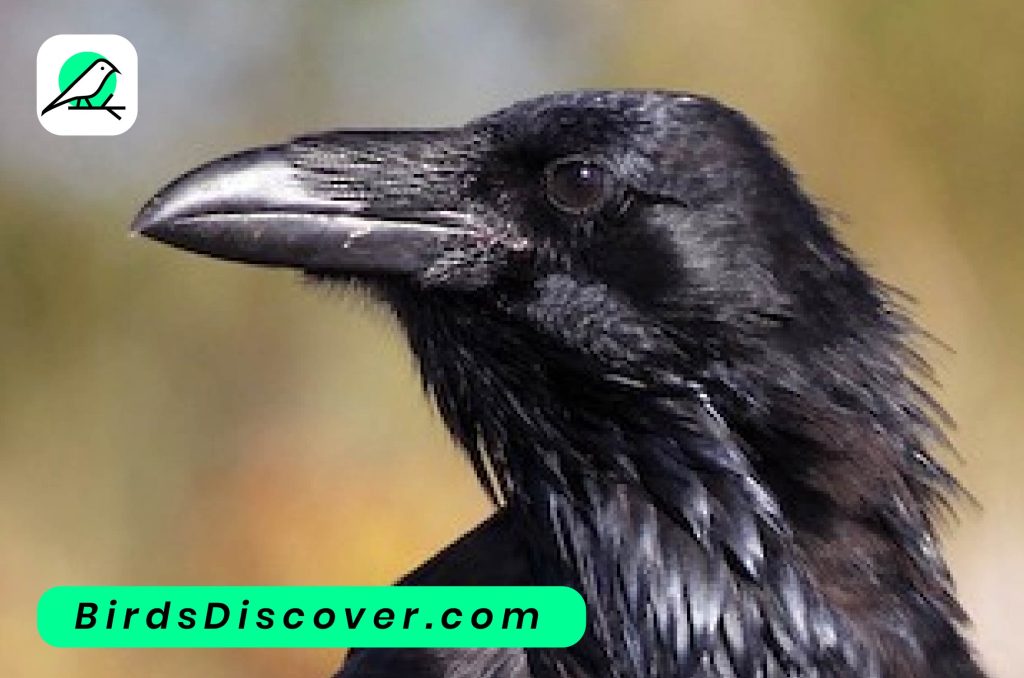
Classification
| Category | Classification |
|---|---|
| Kingdom | Animalia |
| Phylum | Chordata |
| Class | Aves |
| Order | Passeriformes |
| Family | Corvidae |
| Genus | Corvus |
| Species | Corvus corax |
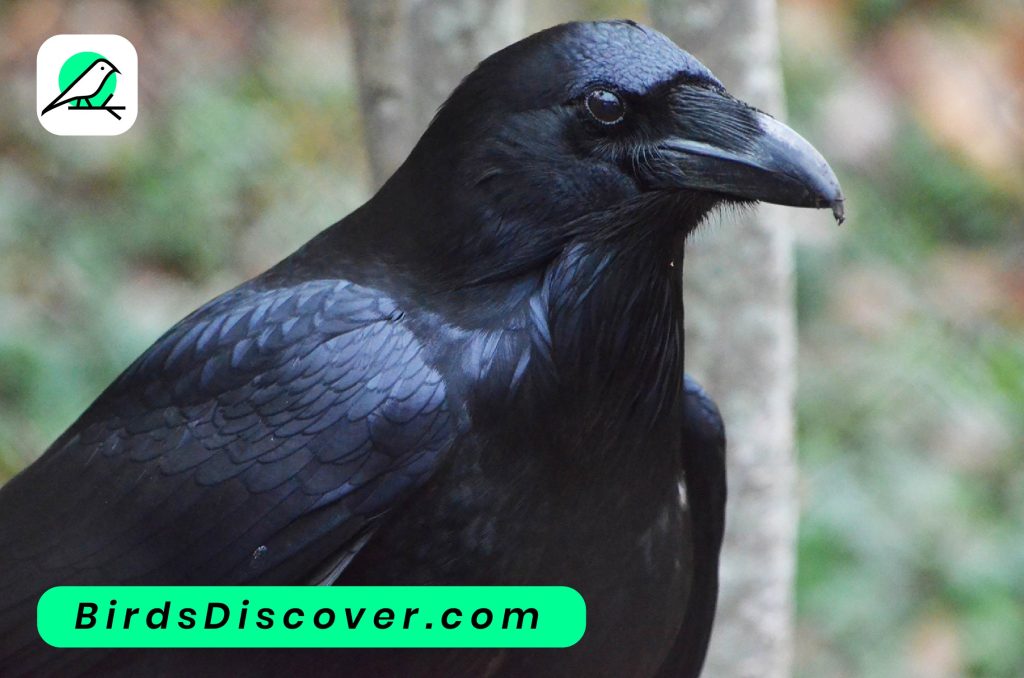
The bird have history?
- Norse Mythology: Ravens Huginn and Muninn, representing thought and memory, were associated with Odin, the chief god.
- Native American Cultures: Ravens are often depicted as powerful and transformative figures in myths and legends, symbolizing creation and change.
- Ancient Beliefs: In various cultures, ravens were seen as omens or messengers, often associated with death and the supernatural.
- Historical Symbolism: Ravens have been featured in literature and art, symbolizing mystery, intelligence, and adaptability.
- Scientific Study: Throughout history, ravens have been subjects of study due to their complex behaviors and problem-solving abilities.
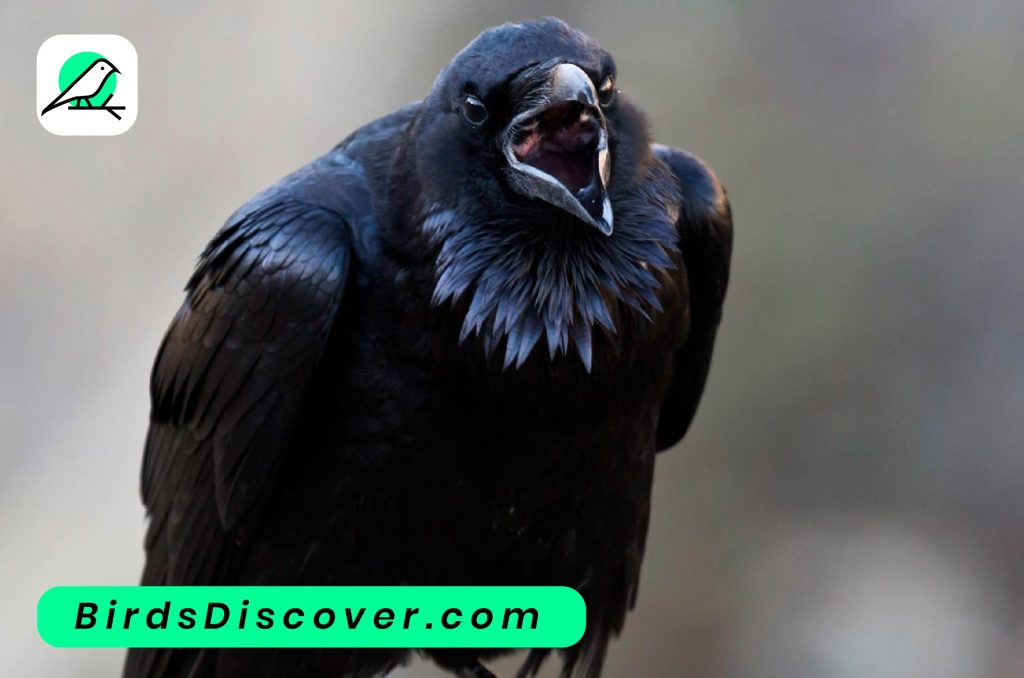
Description
The Common Raven (Corvus corax) is a large, striking bird known for its all-black plumage and distinctive wedge-shaped tail. It measures about 24 to 27 inches (61 to 69 cm) in length, with a wingspan ranging from 45 to 51 inches (115 to 130 cm). Ravens have a robust, curved beak, and their feathers have a glossy sheen that can reflect blue or purple hues in the sunlight. Their call is a deep, resonant croak, and they are known for their intelligence, which is evident in their problem-solving skills, tool use, and ability to mimic sounds. Ravens are highly adaptable, inhabiting a wide range of environments from remote wilderness areas to urban settings. They are social birds, often seen in pairs or small groups, and display complex behaviors and communication.
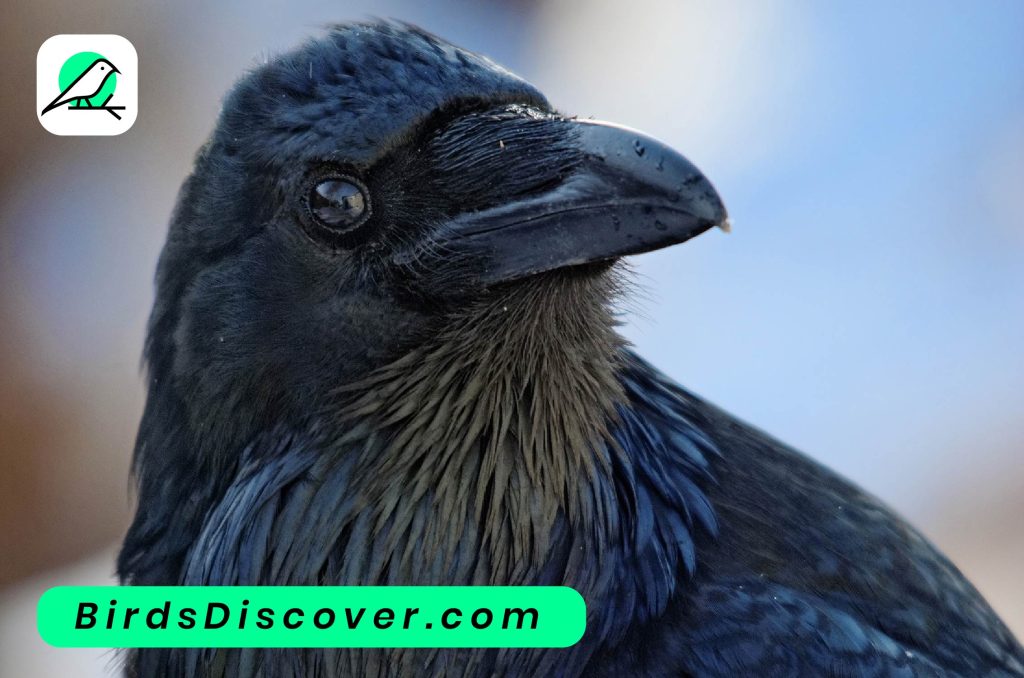
Common raven vs Crows
| Feature | Common Raven | Crows |
|---|---|---|
| Scientific Name | Corvus corax | Various species, e.g., Corvus brachyrhynchos (American Crow) |
| Size | Larger, 24-27 inches (61-69 cm) in length | Smaller, about 16-21 inches (40-50 cm) in length |
| Wingspan | 45-51 inches (115-130 cm) | 33-39 inches (84-99 cm) |
| Tail Shape | Wedge-shaped tail | Fan-shaped tail |
| Beak | Larger, more curved beak | Smaller, straighter beak |
| Call | Deep, resonant croak | Sharp, high-pitched caw |
| Habitat | Wide range, including forests, mountains, urban areas | Often found in urban areas, open fields, and forests |
| Behavior | More solitary or found in pairs, complex behaviors | Often in larger groups, simpler behaviors |
| Flight Pattern | Soars and glides; more dynamic flight | Flapping flight, often seen in flocks |
| Intelligence | Highly intelligent, known for problem-solving and tool use | Intelligent but less complex than ravens |
Distribution and Habitat
- Geographic Range: The Common Raven (Corvus corax) is found throughout the Northern Hemisphere.
- North America: From Alaska and Canada down to the western United States and parts of the southwestern U.S.
- Europe: Across much of the continent, including northern and eastern regions.
- Asia: Extends from the Middle East and Central Asia to northern regions of China and Japan.
Habitat:
- Preferred Environments: The Common Raven is highly adaptable and occupies a variety of habitats.
- Forests: Dense woodlands and coniferous forests.
- Mountains: Rocky terrains and high-altitude areas.
- Deserts: Arid regions with sparse vegetation.
- Urban Areas: Cities and towns, where they can find food and nesting sites.
- Nesting Sites: They build nests in high locations such as cliffs, tall trees, and occasionally on buildings or other man-made structures.
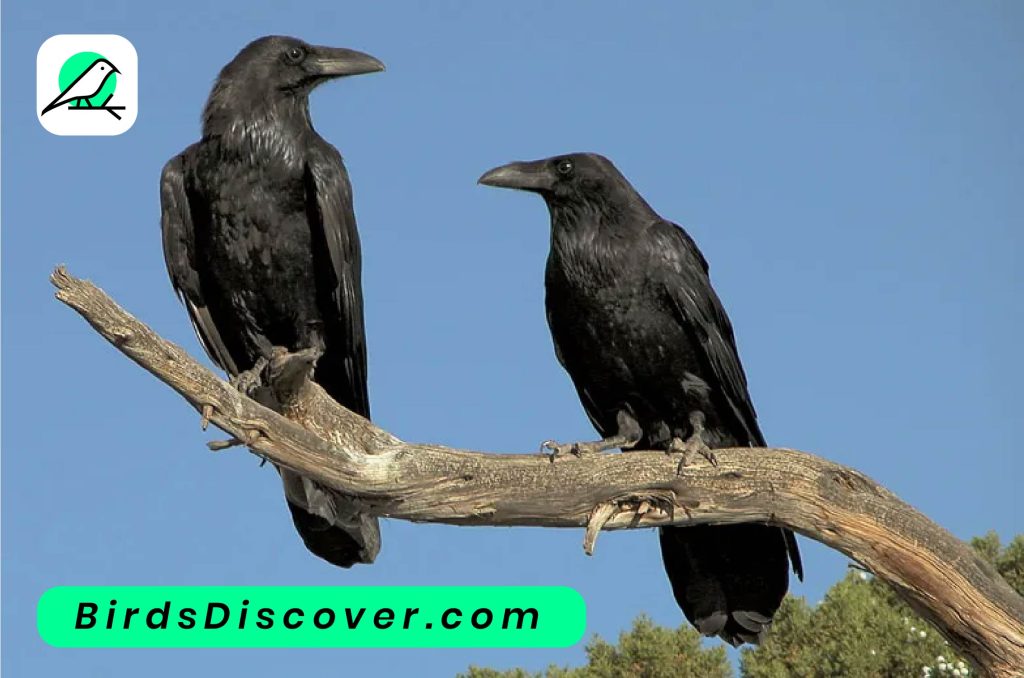
Behaviour
| Behavior Aspect | Description |
|---|---|
| Social Structure | Often found in pairs or small family groups; sometimes in larger, temporary gatherings. |
| Communication | Uses a variety of vocalizations including deep croaks, clicks, and whistles; also known for mimicry. |
| Foraging | Omnivorous diet; forages for insects, small animals, fruits, and carrion; known to cache food. |
| Intelligence | Highly intelligent; exhibits problem-solving skills, tool use, and complex play behavior. |
| Nesting | Builds large, bulky nests in high locations such as cliffs, tall trees, or man-made structures. |
| Flight Pattern | Capable of soaring and gliding; often performs aerial displays and acrobatics. |
| Territorial Behavior | Defends nesting territory vigorously against intruders and rivals. |
| Breeding | Monogamous; pairs usually stay together for life; both parents care for the young. |
| Adaptability | Highly adaptable; thrives in a variety of environments from wilderness to urban areas. |
| Play Behavior | Engages in play activities such as aerial acrobatics and manipulating objects. |
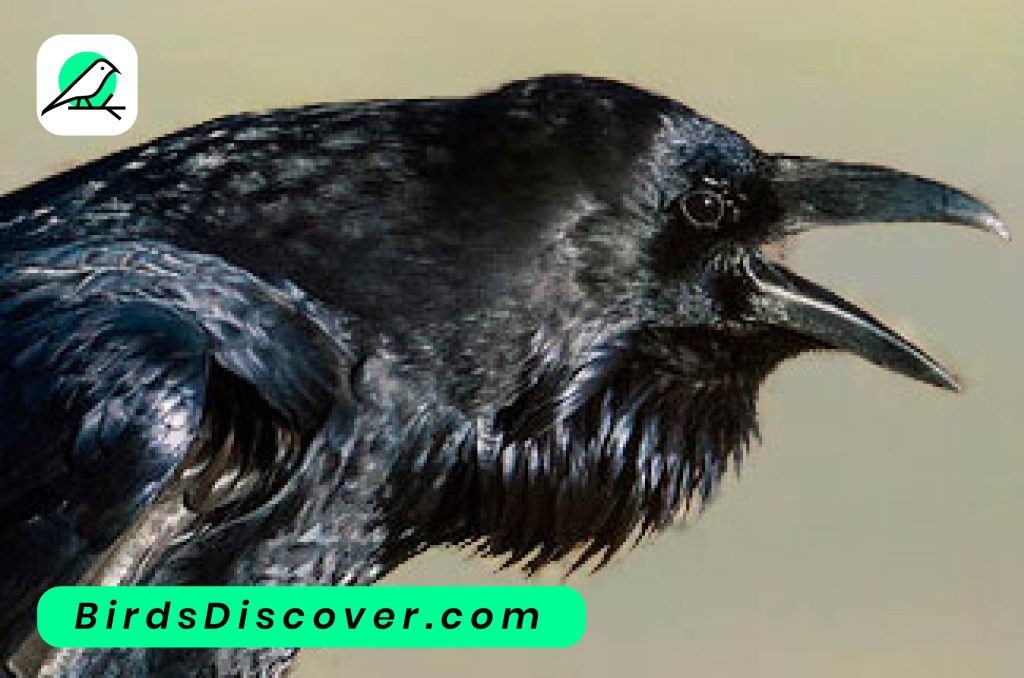
Conservation Status
The Common Raven (Corvus corax) is currently classified as Least Concern on the IUCN Red List. This status reflects its wide distribution, adaptability to diverse habitats, and stable population across its range. Although local threats and habitat changes may impact specific populations, the species overall is not considered to be at significant risk of extinction.
Common Names in Different Languages
| Language | Common Name |
|---|---|
| English | Common Raven |
| French | Grand Corbeau |
| German | Kolkrabe |
| Spanish | Cuervo Común |
| Italian | Corvo Imperiale |
| Portuguese | Corvo-Comum |
| Dutch | Grote Raaf |
| Swedish | Korp |
| Russian | Ворон (Voron) |
| Chinese | 普通乌鸦 (Pǔtōng wūyā) |
Conclusion
Common Raven [Corvus corax] captivates the imagination with its intelligence, adaptability, and rich cultural significance. These remarkable birds, with their complex behaviors and intricate social structures, offer a glimpse into a world where survival and cunning intertwine. Whether soaring through the skies, communicating with an impressive range of vocalizations, or displaying problem-solving skills that rival those of primates, ravens stand as a testament to the wonders of avian evolution. Exploring the enigmatic world of the Common Raven not only enhances our understanding of these fascinating creatures but also invites us to appreciate the intricate tapestry of life that surrounds us.
FAQS
What does the Common Raven eat?
The Common Raven has a varied diet and is omnivorous. It feeds on insects, small mammals, fruits, seeds, and carrion. Ravens are also known to cache food for later consumption.
Where can you find Common Ravens?
Common Ravens are found throughout the Northern Hemisphere, including North America, Europe, and Asia. They inhabit diverse environments such as forests, mountains, deserts, and urban areas.
How intelligent are Common Ravens?
Common Ravens are highly intelligent birds known for their problem-solving abilities, tool use, and complex social behaviors. They can mimic sounds, including human speech, and exhibit advanced cognitive skills.
What is the typical lifespan of a Common Raven?
In the wild, Common Ravens typically live around 10-15 years, though some individuals can live up to 20 years or more. In captivity, with proper care, they can live up to 25 years.
How do Common Ravens communicate?
Common Ravens use a range of vocalizations, including deep croaks, clicks, and whistles. They also engage in non-vocal communication through body language and displays, such as aerial acrobatics and wing-flapping.




